Help us compile our latest European ranking of Diversity Leaders

Roula Khalaf, Editor of the FT, selects her favourite stories in this weekly newsletter.
The Financial Times will publish its second annual list of Diversity Leaders at the end of this year after a successful first edition in 2019. To collect the data for this ranking, we are again seeking the participation of FT readers.
The survey will show the extent to which listed and privately held companies in 16 European countries have achieved a diverse and inclusive workforce, based on what their employees and peers think.
To be eligible, businesses must employ at least 250 people and be based in one of the following countries: Austria; Belgium; Denmark; Finland; France; Germany; Ireland; Italy; Luxembourg; the Netherlands; Norway; Poland; Spain; Sweden; Switzerland and the UK
The full list, published as part of a special report in the Financial Times newspaper and on FT.com, will assess companies’ success in promoting all types of diversity, ranging from gender balance and sexual orientation, to an ethnic and social mix that reflects wider society.
We invite readers, employees, HR experts and recruiters to complete this online questionnaire, which should take no more than eight minutes. The data we collect will be collated and checked by Statista, our research partner.
The deadline to complete the survey is June 12 . All responses will be anonymised for publication.
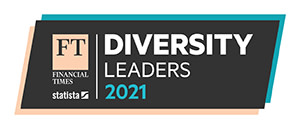
Separately, Statista will invite selected HR managers and recruitment consultants to participate via email. It will also invite a large sample of employees in its online panel to take part.
As the coronavirus pandemic focuses the minds of many employers on survival, we believe diverse teams and inclusive workplaces will remain important sources of corporate staying-power.
The expansion to 16 nations from the 10 countries surveyed in last year’s report followed an enthusiastic, if sometimes pained, response to our inaugural ranking of 700 companies which made the cut.
In addition to the answers gathered through this survey, Statista will be scouring publicly available data as well as conducting extensive research to further investigate companies’ commitment to creating a diverse and inclusive workplace.
Below is a selection of some of our previous reports, which in the past have tended to focus on one or other type of diversity. As employers have begun to take a more holistic view of diversity, so have the FT and Statista.
Please email any further questions you may have to diversity@statista.com.
• Diversity leaders
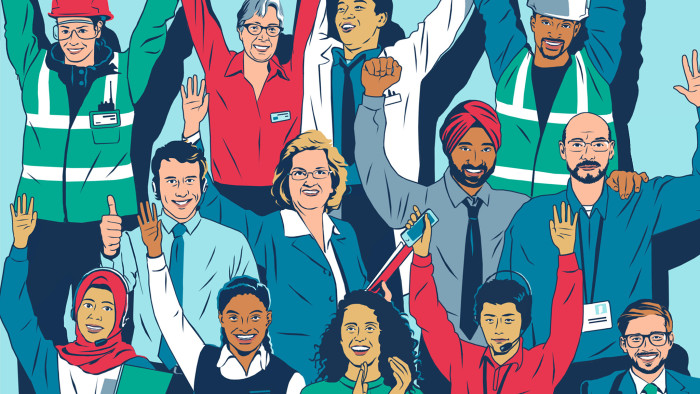
• Modern Workplace: Disability
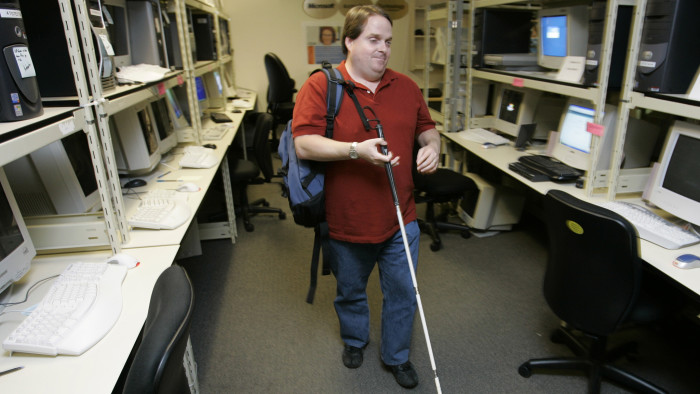
• Modern Workplace: Ethnic Diversity
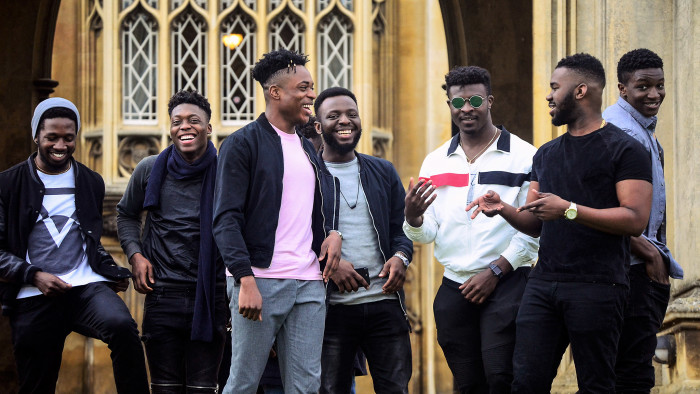
• Modern Workplace: LGBT+
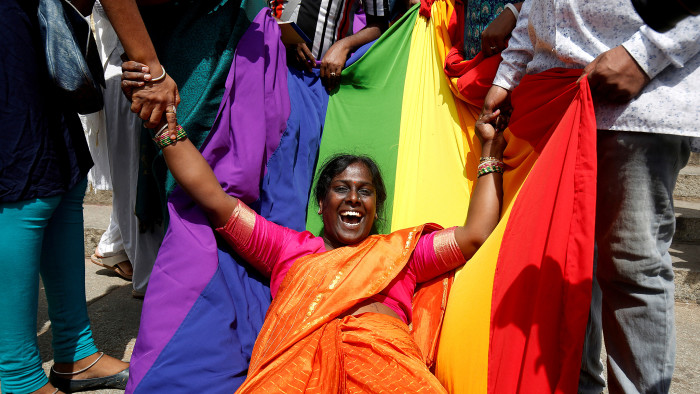
• Ethnic Diversity in Technology
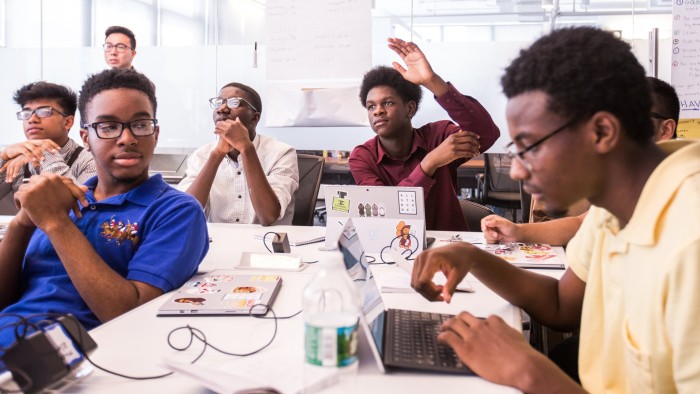
• Women in Business

Comments